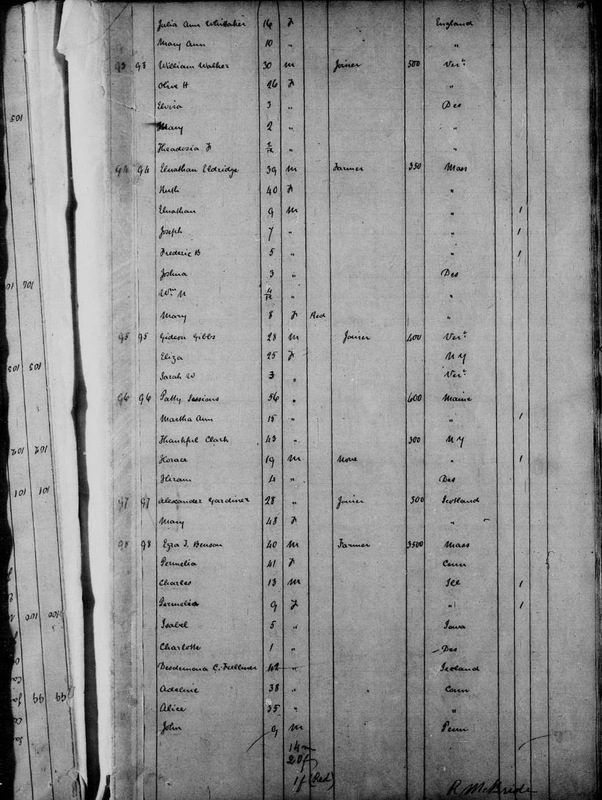Mary Mountain and Adoptions of Native Children in Utah Territory

“Utah, Salt Lake County Death Records, 1849-1949.” Record of Mary Mountain’s death. FamilySearch.org. https://www.familysearch.org/ark:/61903/1:1:NQHL-6L5
A Latter-day Saint family adopted Mary Mountain under the “Act for the Further Relief of Indian Slaves and Prisoners.” Many families in the 1850s claimed this policy in order to justify their actions of legally indenturing indigenous children. Mary Mountain’s story illustrates the effects of this act, which many native children commonly experienced.
Beginning with their 1847 arrival in the Great Basin and continuing through the Civil War era, Latter-day Saint settlers adopted (though legal documents of the time used the term “indentured”) indigenous children by purchasing them from slave-trading tribes such as the Utes. Mary Mountain represents one of many native children indentured according to the “Act for the Further Relief of Indian Slaves and Prisoners” passed by the Legislative Assembly of the Territory of Utah in 1851. This act legalized the indentured servitude of indigenous children in order to rescue them from Ute captivity. Another intention for this act was to redeem the children by encouraging them to adopt Christian beliefs and thereby transform into what Book of Mormon scripture describes as “a pure and a delightsome people.”
Through this act, any white settler living in Utah Territory with an “Indian prisoner, child, or woman, in [their] possession, whether by purchase or otherwise” could receive approval by a probate judge to indenture the child up to twenty years. Those involved agreed to send children between the ages of seven and sixteen to school for three months of the year. In his proclamation regarding the “Act for Further Relief,” Brigham Young declared that although they should treat indigenous people with humanity, they must not “elevate them... to an equality with those whom nature and nature's God has indicated to be their masters, their superiors.”
Ruth and Elnathan Eldredge adopted Mary Mountain in 1849 after Elnathan found her standing alone after a skirmish between the Timpanogos tribe and the Mormon militia. Although her date of birth remains unknown, the Eldredges claimed Mary was around nine years old when they found her; they also gave her the name “Mary Mountain.” Mary’s biography reveals that the Eldredges treated her well as she learned to set the table, fetch water from the stream, and tend to the Eldredges’ baby. Although the Eldredges adopted Mary, Ruth Eldredge recorded that she was “solid and dependable in practical things, but not a daughter for solace and comfort in things near her heart.” As a consequence of isolation from her native culture, Mary grew to fear members of her own tribe and ran and hid whenever they passed by the Eldredge home. Even as Mary grew older and indigenous men attempted to court her, she would have nothing to do with them, and when white men came to court her, Elnathan Eldredge advised against it due to her indigenous heritage.
Mary Mountain died from tuberculosis around the age of thirty and was buried in the Salt Lake City Cemetery. Unfortunately, many indigenous children adopted into Latter-day Saint homes also faced early deaths from exposure to European pathogens. The “Act for the Further Relief of Indian Slaves and Prisoners” represents a unique point in Utah’s history, combining hopeful intentions with sometimes fatal results.
Images

“Utah, Salt Lake County Death Records, 1849-1949.” Record of Mary Mountain’s death. FamilySearch.org. https://www.familysearch.org/ark:/61903/1:1:NQHL-6L5

“United States Census, 1850.” Census record of the Eldredge household. FamilySearch.org. https://www.familysearch.org/ark:/61903/1:1:MCS6-R83
